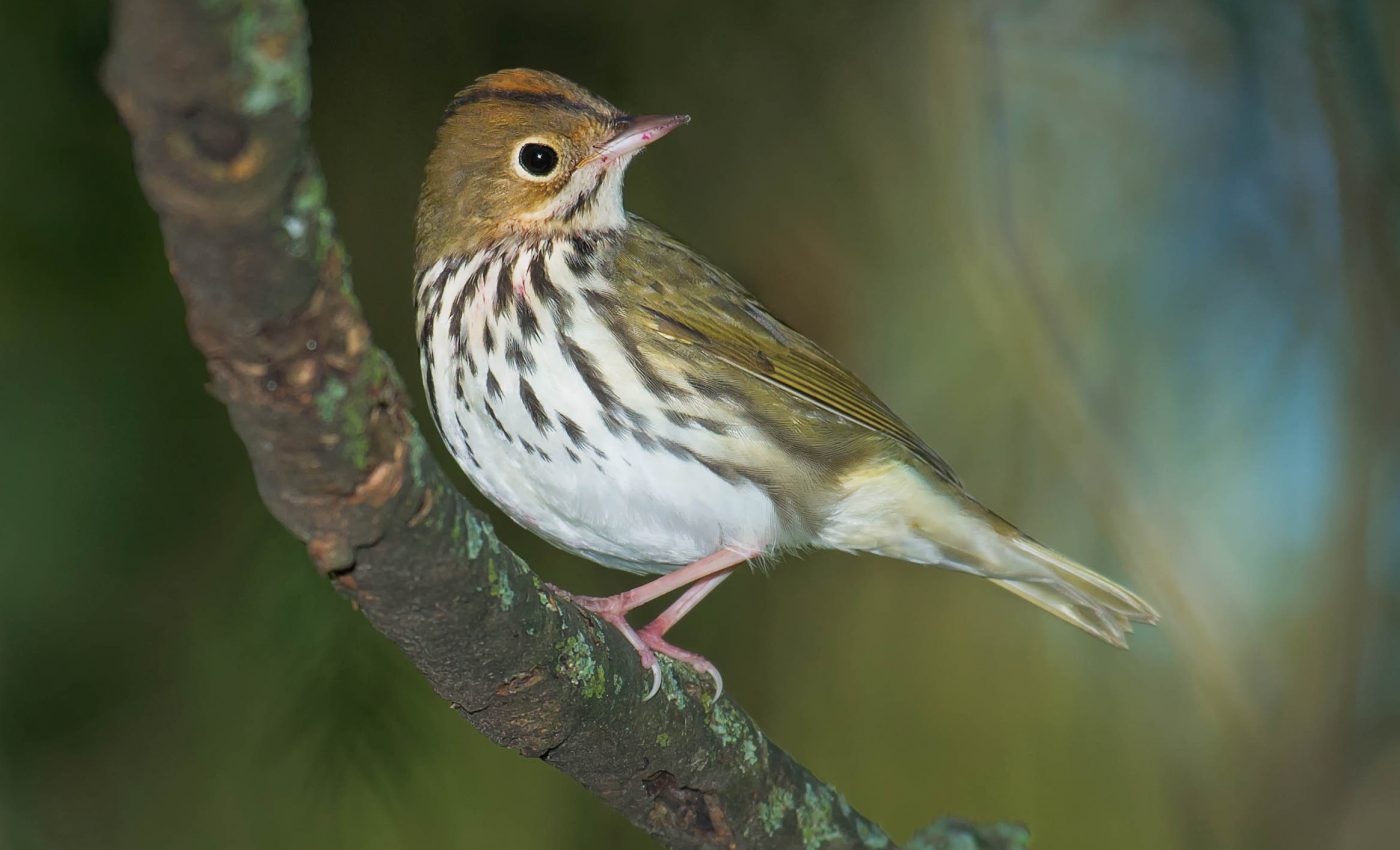
Fracking infrastructure is helpful to some songbirds, but harmful to others
According to a new study published by the Oxford University Press, some songbird species benefit from the spread of facilities and equipment used for fracking, while other species are adversely affected.
As the shale gas industry continues to expand, researchers have been documenting the negative consequences that fracking infrastructure may have on native wildlife communities. The current study, however, is one of the first to analyze the variability among species in their responses to fracking.
The research was focused on the relationship between 27 bird species and their distance from shale gas construction in northern West Virginia from 2008 to 2017.
The birds were organized into three groups based on their habitats. Forest interior birds, such as the Ovenbird, are found in large areas of mature forests, while early successional birds prefer young forest and shrubland habitats. Human-adapted birds, like the Brown-headed Cowbird, tend to thrive in environments that have been altered by human activities.
Landscape changes associated with gas infrastructure were tracked over a ten-year period, during which time the footprint of shale gas increased from 42 acres in 2008 to over 432 acres in 2017. Meanwhile, birds were monitored at 142 survey stations.
The study revealed that forest interior birds decreased by up to 35 percent near gas development, as they avoided both drilling sites and road and pipeline corridors. By contrast, early successional species experienced a boost in population sizes and began to settle along new pipelines and access roads. The Brown-headed Cowbird also showed an increase in numbers across the study site, and was particularly drawn to areas disturbed by fracking.
The study findings suggest that shale gas energy development creates new habitats for generalist and highly adaptive species, yet shrinks the available habitat for birds that depend on mature forests.
“We hope to find a way to balance our energy needs with maintaining healthy forest ecosystems, which we also depend on for clean air, clean water, carbon storage, and countless other ecological services,” said study author Dr. Laura S. Farwell.
“Like the proverbial canary in the coal mine, these birds are early indicators of ecosystem degradation. We hope our research will help inform planning decisions about where to avoid or minimize gas development in order to protect valuable forest resources, both for humans and for other species.”
The study is published in the journal The Condor: Ornithological Applications.
—
By Chrissy Sexton, Earth.com Staff Writer
Paid for by Earth.com
Image Credit: Shutterstock/Paul Reeves Photography












